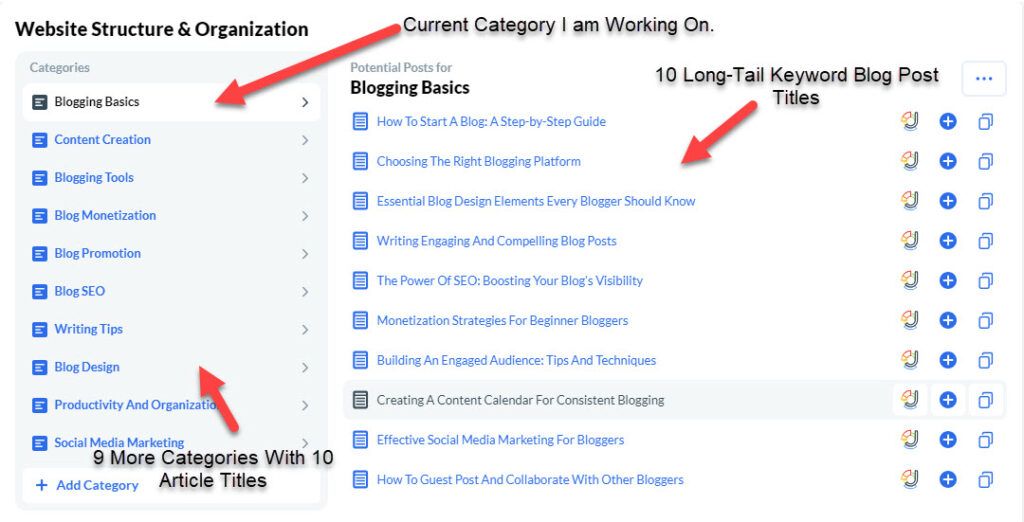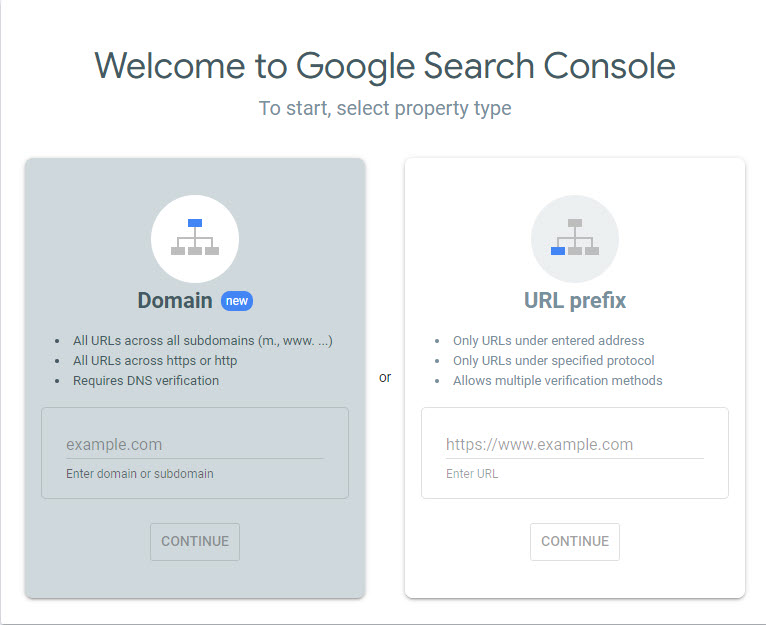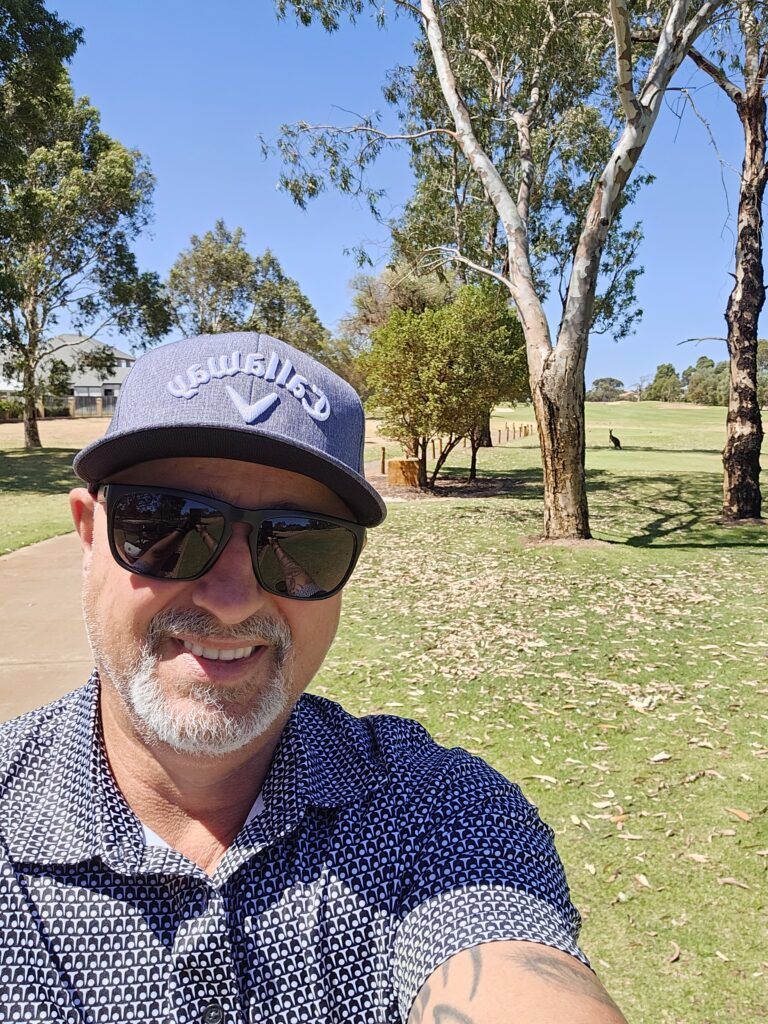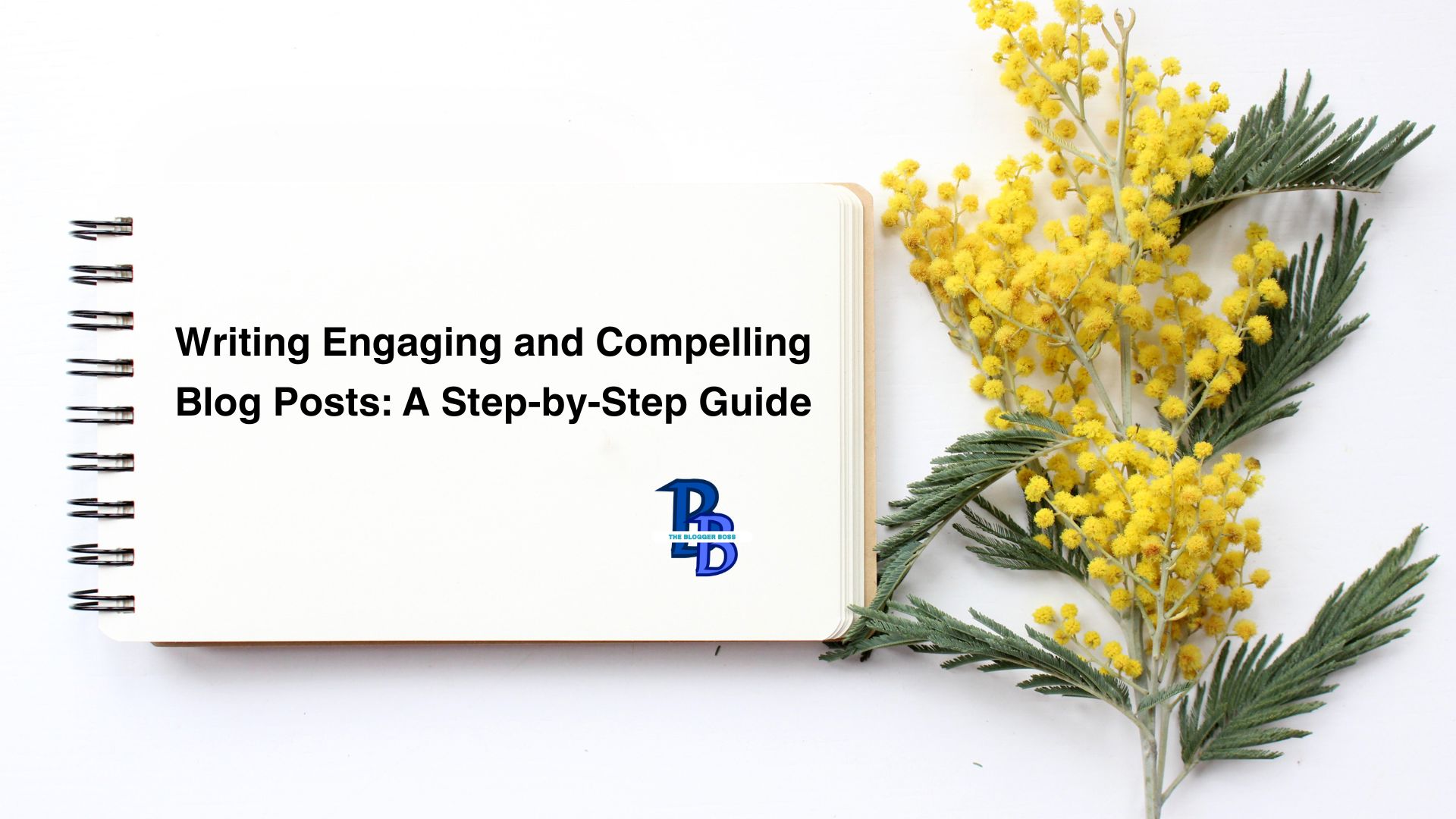I’m going to take you through the ins and outs of writing engaging and compelling blog posts that don’t just fill space on the internet, but genuinely capture attention and make readers hang on to every word.
You’re going to find out about the step-by-step process that transforms mundane writing into something spectacular.
This isn’t just about rattling off facts; it’s also about eliciting emotions and thoughts that resonate with your readers.
In my opinion, the cornerstone of any great blog post is its ability to engage and compel, and that’s precisely what we’ll be focusing on today.
Understanding What Makes a Blog Post Engaging
So, you’re about to find out what it really takes to make a blog post engaging. It’s not just about stringing together words and hoping for the best; it’s about crafting content that resonates with your readers. An engaging blog post captures attention, stimulates interest, and invites interaction. It’s the kind of content that readers remember and share.
Now what is a big part of a great blog post? It boils down to several key elements. First off, the hook – that’s your intro that grabs readers by the proverbial lapels. Then, there’s the valuable content, offering true insights or solutions. Sprinkle in some personal stories or humor and maintain a conversational tone to keep the atmosphere relatable. And don’t forget about visuals – images, videos, infographics – they all help to illustrate points and break up text.
I’m going to show you some examples where this formula has led to success. Take a look at big names like ‘HubSpot’ or ‘Moz’ – they consistently craft engaging content by adhering to these principles and reporting on industry trends and insights that truly aid their readers. But what does success here mean? In my opinion, it’s when readers leave feeling educated, entertained, and enlightened enough to engage through comments, shares, or even personal correspondence.
Having internalized what engagement truly means, you’re ready to venture into planning your own blog post. We’ll tackle that in the next section, where you’re going to learn how to lay the groundwork for capturing your readers’ attentiveness from the get-go.
Planning Your Blog Post for Maximum Engagement

I’m going to let you in on a little secret: great writing starts way before the first sentence is penned. It starts with a clear plan developed to captivate your audience from the get-go. Let’s cut to the chase and talk about how you can plan your blog post to ensure it’s a hit.
First, understanding your target audience is key. This isn’t just about demographics; it’s also about recognizing their interests, challenges, and what solutions they are seeking. Tailor your content to resonate with them, and you’ve got the first ingredient for an engaging blog post.

Choose something that resonates with you when it comes to selecting your topic. But also ensure it’s something your audience finds equally exciting. That sweet spot between your passion and their interest is where the magic happens. You can always adjust your approach down the road, but starting here sets you on the right path.
Drafting an outline should never be underrated. A road map of your post helps in creating a coherent structure which your readers can follow with ease. Include captivating introductions, insightful main points, and a conclusion that doesn’t just summarize, but adds value or a call to action.
In my opinion, enriching your content with thorough research not only adds authority but also provides your readers with a deeper understanding of the topic. A mix of statistics, case studies, personal anecdotes, and expert insights can truly elevate the quality of your blog post.

Now, as you set down this foundation, you’re going to want to carry this momentum into the writing stage. That’s going to include specific writing tips to keep your readers engrossed. Stay tuned, as we’re about to jump into how you can transform your meticulous planning into an engaging storytelling experience.
Writing Tips for Engaging Blog Posts
Crafting a magnetic headline might just be the most crucial step in writing your post. It’s the first impression you make on your readers. If you want to draw them in, spend time figuring out a headline that’s both informative and intriguing. Think of what would make you click on an article.
Employing an authentic voice and tone isn’t just a recommendation; it’s a necessity. Your voice is unique to you and it’s what will make your content stand out in an ocean of blogs. Being relatable and honest resonates powerfully with readers, so don’t hide your true self behind formalities!
Don’t underestimate the power of storytelling. Incorporating personal anecdotes or hypothetical situations helps illustrate your points and keeps your audience hooked. Real-life examples or relatable scenarios can make abstract ideas more concrete and engaging.
We live in a visual world, and your blog post should reflect that. Break up text with relevant images, videos, infographics, or even memes to keep things exciting. Visuals can give readers a break from the text and provide a different way to digest information.
Last but not least, make each paragraph count. Your goal is to keep the reader’s interest from start to finish. Short, punchy paragraphs with clear subheadings can do wonders for this. And consider bullet points or numbered lists for easy skim-reading.
All these writing techniques have to be woven together skillfully to create a blog post that’s not just engaging, but also stands the test of time. And once your words are doing their magic, it’s time to ensure that people can actually find your post.
Reading about SEO might not get your heart racing, but it’s the bread and butter of online discoverability. Next up, I’m going to give you a rundown of how to make friends with search engines without sacrificing a shred of your post’s charisma. You’re going to find out how a well-optimized blog post can still be a joy to read and share.
Check the video below to see how I create an article using ChatGPT4!
Optimizing Your Blog Posts for Readers and SEO
You’re going to find out about the delicate balance of optimizing your blog posts for both your readers and search engines. It’s a dance between being discoverable and delivering value. Here’s how you can do both without compromising on quality.
SEO isn’t just about getting to the top of search results; it’s about making sure your content is found by the right people. Start by including relevant keywords naturally in your text, titles, and meta descriptions. Remember that these keywords should reflect what your audience is searching for.
Don’t worry too much about stuffing your article with keywords. Instead, choose something that resonates with your topic and seamlessly embed these phrases where they make the most sense. That’s going to include your headings, subheadings, and throughout the body text where it feels organic.
Jaaxys Alphabet Soup Gave Me 57 Low Competition Keywords in Under 10 Minutes
Jaaxy Introduction Keyword research is the cornerstone of successful affiliate marketing. For beginners, the journey starts with finding the right tools, and that’s where Jaaxy comes into play. In this… Read More>>

Your blog post’s readability is crucial. Break up large chunks of text with headings, lists, and short paragraphs. Incorporate images, infographics, or videos to illustrate your points and keep your readers engaged while also providing alternative text for accessibility.
Hyperlinks to credible sources enhance the trustworthiness of your content while also improving SEO. They help search engines understand the context of your post and can boost its authority when you link to reputable sites.
Lastly, always include a call-to-action (CTA). A CTA guides your readers on what to do next, whether that’s encouraging comments, sharing the post, or directing them to another piece of content. It’s a way to maintain engagement even after they’ve finished reading.
related article – beginners blueprint: how to start writing for a blog with ease
Hey there, future blogging superstar! Welcome to your first step towards becoming a blogging sensation. Today, we’re diving into the exciting world of blogging – from zero to hero. So, if you’ve ever wondered how to start writing for a blog… Read More>>

Revision and Promotion: The Final Touches
You’re nearly there. Your blog post is written, but before you hit ‘publish,’ there’s some critical housekeeping to ensure your work resonates and reaches as wide an audience as possible. Let’s talk about revision. Don’t underestimate the power of a refined final draft. Clever ideas get lost in translation without proper punctuation, grammar, and flow. So, snag that friend who’s a grammar geek or use some online tools to catch those sneaky typos and syntax errors. Your credibility skyrockets when your content is clean and professional.
Next, consider feedback. It’s your secret weapon to improving your writing over time. Maybe you’ve got a community or a trusted colleague? Have them take a gander at your post and provide honest feedback. Take their insights seriously, and don’t shy away from making some tweaks. It’s all part of the process.
Now, promotion isn’t just a helpful step—it’s essential. Share your post across your social media platforms, send a shout out to your email list, engage with your readers in the comments, and consider partnerships with other bloggers to expand your reach. Each comment, like, and share compounds the visibility of your content.
And lastly, gauge the impact of your blog post. Review the analytics to see what’s working and what isn’t. Look at pageviews, time spent on page, bounce rate, and social shares. This data is invaluable for crafting future posts that hit the mark every time. Every post is a learning opportunity, and your first attempt doesn’t need to be your last. Keep iterating and improving—that’s the beauty of blogging. And you will find all this and more in your Google Search Console!

Writing Engaging and Compelling Blog Posts FAQ’s
In the dynamic world of blog writing, creating content that captivates and retains the reader’s interest is paramount. The ability to craft engaging and compelling blog posts is a skill that sets apart successful bloggers. To help you enhance your blogging prowess, we’ve compiled answers to some of the most commonly asked questions, sourced directly from Google’s “People Also Ask” feature. These insights aim to provide you with practical tips and strategies to elevate your blog writing.
How Do You Write a Compelling Blog Post?

Writing a compelling blog post involves several key elements. First, understand your audience and what interests them. Begin with a catchy headline that piques curiosity. Use a conversational tone to make your writing relatable. Include compelling visuals and examples to illustrate your points. Keep your content structured with clear subheadings and short paragraphs. Finally, end with a strong conclusion or call to action that leaves a lasting impression on your readers.
How do I Make my Blog Posts More Engaging?

To make your blog posts more engaging, focus on creating content that resonates with your audience. Use storytelling to make your posts relatable and memorable. Engage your readers with interactive elements like polls, quizzes, or questions. Utilize multimedia, such as videos or infographics, to break up text and add interest. Encourage reader interaction through comments or social media shares. Regularly update your content to keep it fresh and relevant.
What Is a Hook Sentence for a Blog?

A hook sentence for a blog is a captivating opening line designed to grab the reader’s attention immediately. It should be intriguing, thought-provoking, or emotionally engaging. A good hook might pose a question, present a surprising fact, share a compelling quote, or set the scene with a vivid description. The goal is to entice the reader to continue reading and engage with the rest of your post.
Writing Engaging and Compelling Blog Posts Conclusion
I really hope that you find this guide useful as you embark on creating your own engaging and compelling blog posts. The world needs your unique perspective and insights, so go ahead and share them. And remember, your writing journey is uniquely yours—enjoy it, learn from it, and don’t worry too much about perfection. The most important step is to begin. Happy blogging!
Behind every great endeavor stands a visionary, and Blogger Boss is no exception. Mark, the founder of Blogger Boss, is more than just a figurehead; he’s a mentor, a guide, and a fellow traveler on the road to blogging success. Mark’s philosophy is simple: your success is his success. With years of experience navigating the highs and lows of the blogging world, Mark brings a wealth of knowledge and a genuine passion for teaching to the table.
Through one-on-one coaching sessions, Mark offers personalized advice tailored to your blog’s unique needs and goals. Whether you’re wrestling with technical issues, seeking clarity on your content strategy, or looking for ways to monetize your passion, Mark is there, every step of the way, to ensure your journey is not just fruitful but enjoyable.


